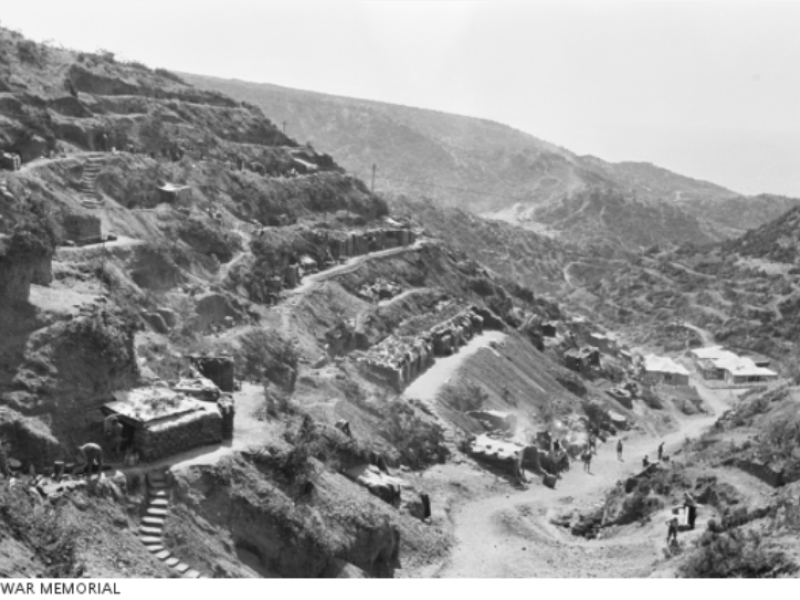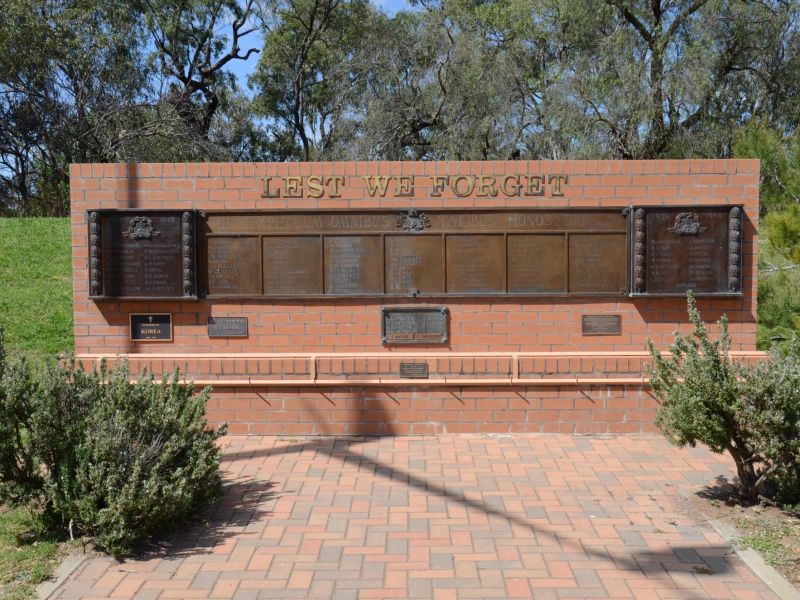Private Herbert Clarence Dalmain, 18th Battalion, AIF
Herbert Dalmain was born in 1893 in Coonabarabran, New South Wales, one of eight children of John and Susan Dalmain. He grew up in Gilgandra and attended the local school. When the First World War broke out he was working as a farm labourer.
Dalmain enlisted on 19 February 1915 at Liverpool and was posted to C Company of the newly formed 18th Battalion. After several months of training he embarked with the battalion in June aboard the transport ship Ceramic, bound for Egypt.
The 18th Battalion spent several weeks in Egypt before sailing to Lemnos and then Gallipoli, arriving in mid-August. The men went straight into positions at Rest Gully.
In the pre-dawn darkness of 22 August, the 18th Battalion made its way to the trenches below Hill 60. It was here that the commanding officer was told to order his battalion to charge with “bomb and bayonet only”.
He responded that his battalion had no bombs but was told only that “they must do the best that was possible without them”.
The attack began at around 5am. As each company went forward, Turkish rifle and machine-gun fire got heavier. When Dalmain went over the top, he was next to his mate, Signaller William Simmons, who later reported that Dalmain was “hit when about ten yards” from the Turkish trenches.
The survivors of the 18th Battalion were soon forced to retire from the Turkish trenches, and on the way back Simmons saw Dalmain lying on the ground, bleeding from a head wound. He called to his friend but got no response.
The battalion suffered almost 50 per cent casualties, and Dalmain was one of around 190 men of the battalion killed that day. He was 22 years old.
Many bodies near the Turkish positions were unable to be recovered. As a matter of hygiene, Turkish soldiers later set fire to the undergrowth, incinerating both the dead and the wounded in no man’s land.
Dalmain’s name is listed on the Lone Pine Memorial, which bears the names of those British and Commonwealth troops who died on Gallipoli but have no known grave.
Michael Kelly, Historian, Military History Section

 Australian War Memorial
Australian War Memorial